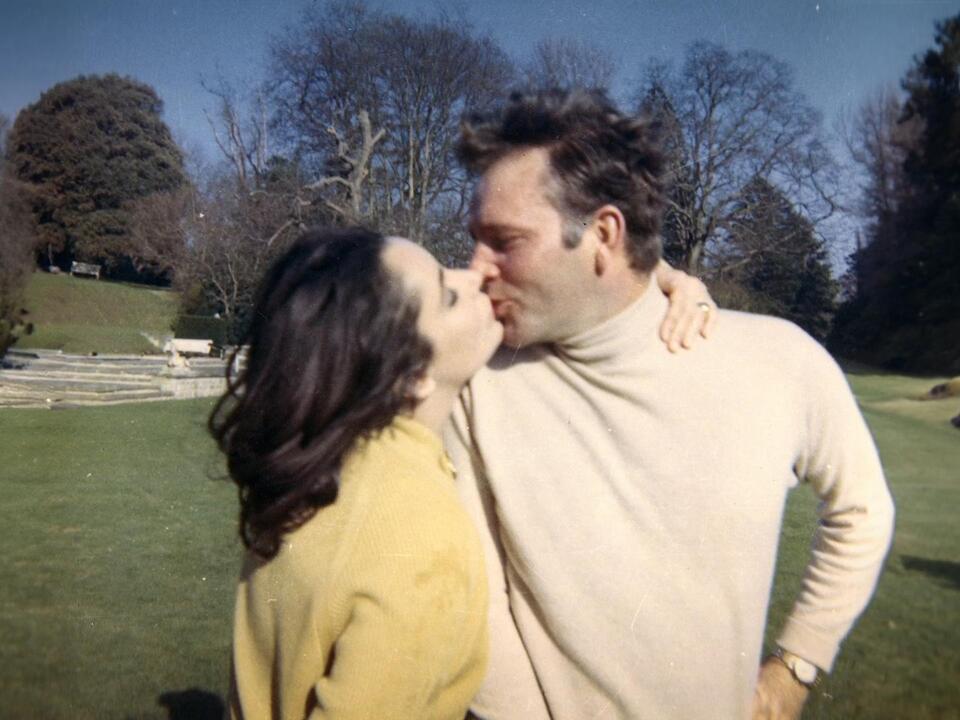Physical Address
304 North Cardinal St.
Dorchester Center, MA 02124
Physical Address
304 North Cardinal St.
Dorchester Center, MA 02124

Elizabeth Taylor: The Lost Tapes could easily be dubbed Elizabeth Taylor: A Lost Era. Recently discovered in the archive of the late journalist Richard Meryman, these tapes include 40 hours of audio interviews with Taylor, conducted by Meryman for his book research. Starting in 1964, when Taylor was 32 and at the pinnacle of her fame, the recordings capture her breathy, seductive voice – always expressive and captivating, even without the sight of her striking beauty.
Nanette Burstein’s film overlays the Taylor-Meryman audio with archival film and television footage. We see snippets of 1940s and 50s Beverly Hills and Hollywood, Taylor at publicity events, various family snapshots, and magazine clippings showcasing the post-juvenile lead with different beaux. The film includes on-set footage by close friends like Roddy McDowall, showing them frolicking on beaches with stars such as Montgomery Clift, or fooling around with James Dean on movie sets.
An inherent innocence pervades these moments, despite our modern understanding that many of Taylor’s boyfriends were selected by MGM studios and many of her close friends were gay men. While Taylor offered a heterosexual veneer for these actors, they, in turn, protected her from predatory straight men. The film captures the nostalgia of a bygone era without the intrusion of a thousand camera phones and instant social media cancellations, giving viewers a sense of an audience unified in their adoration of a few impeccably glamorous stars.
Taylor’s tumultuous relationship with Richard Burton signaled a new chapter. Following the tragic death of her third husband, producer Mike Todd, in a plane crash in 1958, Taylor incited scandal by “stealing” his best friend, Eddie Fisher, from his wife, Debbie Reynolds. She then divorced Fisher after falling for Burton during the filming of Cleopatra. Their affair drew condemnation from the Vatican and made headline news globally, giving rise to the era of paparazzi. As actor George Hamilton aptly summarizes, “They were not going for glamour anymore. They were going for the destruction of glamour.”
The film provides an incredibly intimate portrait of Taylor, often referring to herself as a “trying-to-be-an-actress.” Whether she would fully transition from a mere movie star was a question she pondered during Meryman’s interviews. Clips from Who’s Afraid of Virginia Woolf?, where she and Burton portrayed a bitter, co-dependent married couple, serve as proof of her serious acting chops, had she been given the chance to stray from the path set by studios and the public.
The film does stumble into the trap of hagiography, allowing Taylor to speak with little opposition. There are moments when she dismisses the notion of being a sex symbol and instead offers a practical perspective on moving through the world as an attractive woman. The documentary glosses over her excessive lifestyle and diva-like behavior, which, while sometimes exaggerated by the media, were part of her story.
The last decades of Taylor’s life are briefly covered in the film’s final minutes, touching on her treatment for addiction at the Betty Ford clinic and leaving out details about her marriage to Larry Fortensky or her friendship with Michael Jackson. Her fearless and compassionate activism for AIDS awareness is acknowledged, showcasing her courage in an era when the disease was heavily stigmatized.
Despite its limitations, the film remains a fascinating treat for viewers. After all, it’s about Elizabeth Taylor. They truly don’t make stars like her anymore – and probably never will again.
Source: The Guardian



